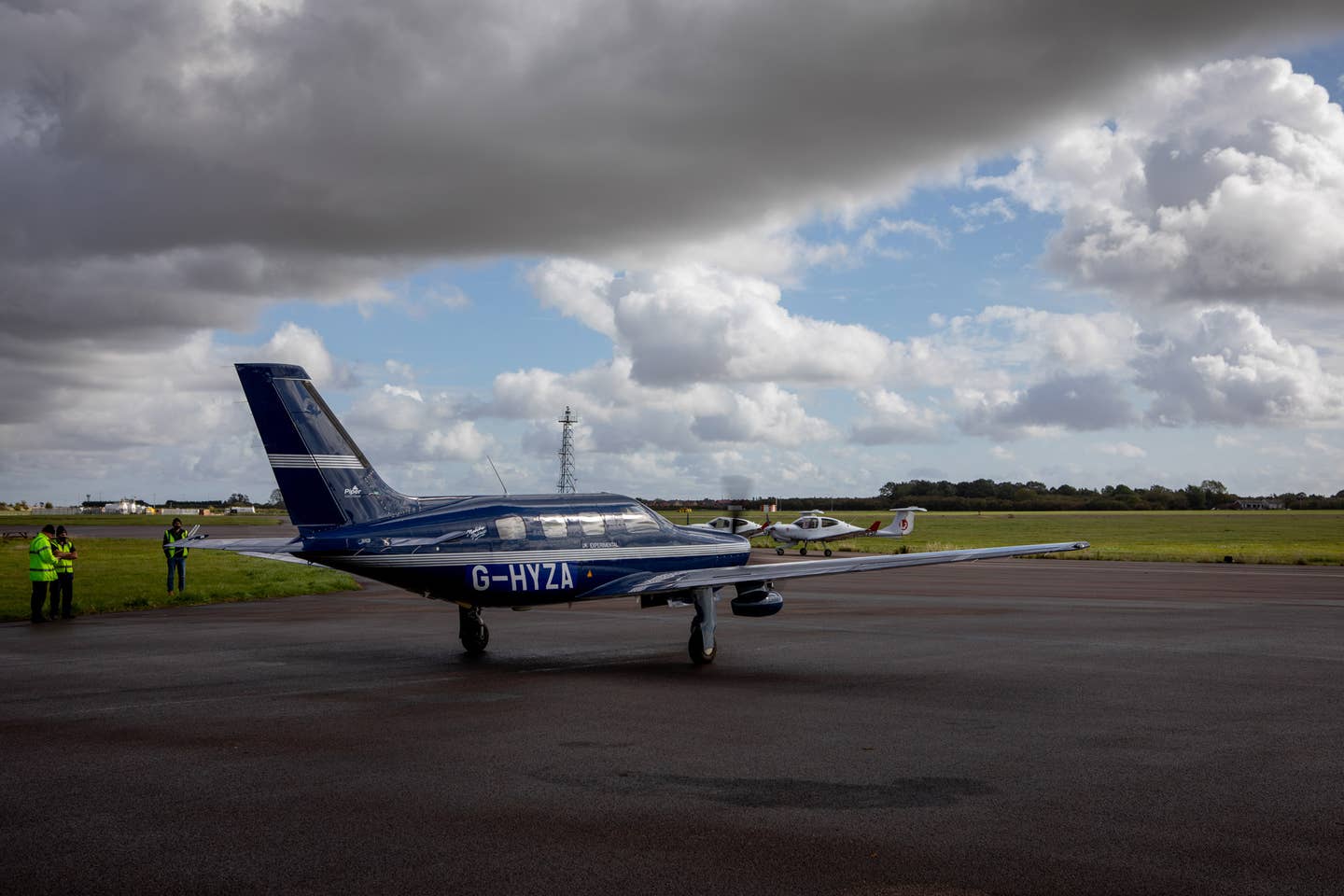
The NTSB has published its preliminary report on a Citation CJ4 that crashed into Lake Erie late last month. Textron Aviation
The National Transportation Safety Board last week published its preliminary report — essentially a list of the facts gathered to this point — about the December 29, 2016, crash into Lake Erie of a Cessna Citation CJ4. The Part 91-operated jet disappeared into the dark waters of the lake about a minute after departing Cleveland’s Burke Lakefront Airport (BKL). Although the airplane was operating on an IFR flight plan, VFR conditions prevailed at takeoff. The Citation’s short flight was returning the aircraft owners and some friends to the aircraft’s home airport at Ohio State University in Columbus. The accident claimed the lives of all six people aboard, one of whom was the pilot.
Although the NTSB did not report the pilot’s total flying experience, the Board did say, “records revealed the accident pilot held a private pilot certificate with airplane single- and multi-engine land, rotorcraft helicopter, and instrument airplane category/class ratings,” as well as a “CE-510S and CE-525S type rating.” The pilot had, in fact, completed a simulator-based training session at FlightSafety International just 12 days before the crash and had earned his CE-525S type rating three weeks prior to the accident. The airplane’s most recent maintenance activity was recorded on December 17, 2016, when the aircraft, a 2012 model, had accumulated 860 hours total time.
The NTSB said all appeared normal as the pilot called ready for takeoff on BKL’s Runway 24R about 10:56 p.m. local time. ADS-B data later showed the aircraft turning right after takeoff to its assigned northwesterly heading before reaching its maximum altitude of 2,925 feet msl (2,342 agl), some 1,000 feet higher than the altitude the BKL tower controller had assigned.
About five seconds later, the airplane entered a descending right turn that continued until the final data point, recorded at 10:57:52, located 1.83 miles northwest of BKL. The Aviation Safety Network reported, "Flight Aware registered three data points after takeoff. The last shows the aircraft in a high-speed descent from 3,100 feet at a descent rate of 3,750 fpm." Those numbers mean the CJ took just 37 seconds to reach the water once the descent began.

Sign-up for newsletters & special offers!
Get the latest FLYING stories & special offers delivered directly to your inbox






